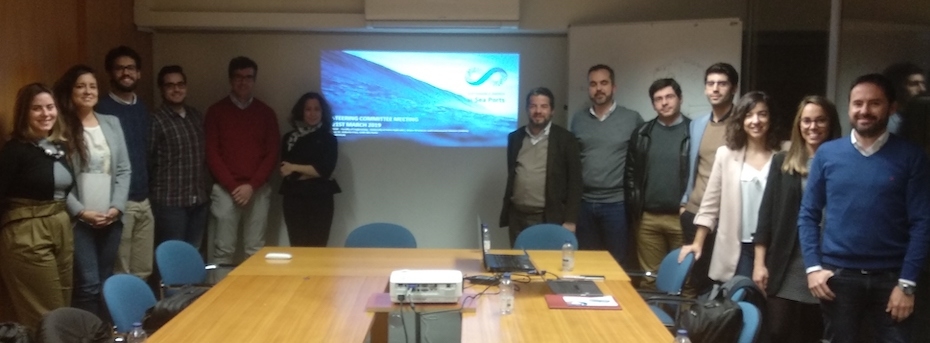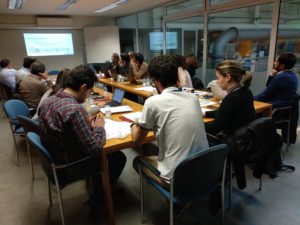NOTICIAS
IHCANTABRIA HAS PARTICIPATED IN THE STEERING COMMITTEE MEETING OF THE SE@PORTS PROJECT IN OPORTO (PORTUGAL)

 IHCantabria has participated in the Steering Committee Meeting of the SE@PORTS project, which took place in Oporto (Portugal) on 21 March 2019 at FEUP facilities (Faculty of Engineering of the University of Oporto). SE@PORTS (Sustainable Energy at Sea PORTS) is a European project that is supported by different national/regional funding’s, under the frame of OCEANERA-NET, the “Ocean Energy European Research Area Network”. SODERCAN acts as the regional funding agency.
IHCantabria has participated in the Steering Committee Meeting of the SE@PORTS project, which took place in Oporto (Portugal) on 21 March 2019 at FEUP facilities (Faculty of Engineering of the University of Oporto). SE@PORTS (Sustainable Energy at Sea PORTS) is a European project that is supported by different national/regional funding’s, under the frame of OCEANERA-NET, the “Ocean Energy European Research Area Network”. SODERCAN acts as the regional funding agency.
The main goal of this project consists on study the implementation of Wave Energy Converters (WEC) in seaports, preparing these important infrastructures for the future throughout sustainable and environmentally friendly developments. Seaports breakwaters are designed to withstand wave action and promote the dissipation of wave energy at the entrance of the seaport, creating sheltered conditions for port activities. The high potential of these structures for the integration of WECs due to their high exposure to ocean waves, triggered the SE@PORTS project. This project intends to demonstrate that this approach is a win-win solution for both breakwaters and WEC solutions in a large extent.
IHCantabria is joined by a group of experts from a consortium of 6 European Partners (INEGI, UPorto, Fórum Oceano, IHCantabria, PLOCAN and IMDC). During the Steering Committee Meeting, the partners provided the technical progress of the different Work Packages, and discussed about the next steps to be taken. Javier L. Lara, Beatriz Rodríguez and María F. Álvarez de Eulate, from the Coastal Hydrodynamics and Infrastructures Group, attended to the meeting and presented their progress relating to the design of a hybrid WEC device and the analysis of its hydraulic performance. This hydraulic performance is being analyzed by using both numerical (CFD numerical models,IH2VOF and IHFOAM) and physical model approaches.


